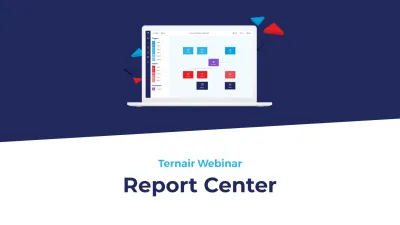Planned and structured communication with (potential) customers
When an organization reaches a certain size, it is no longer workable to base marketing on separate mail programs and spreadsheets. It's time for marketing automation: bringing together all data on (potential) customers and all marketing communications in one integrated system, so that everyone receives relevant information at the right time that fits personal situation and preferences. With a systematic approach, you can go from an improvised workflow to effective marketing automation. This can be done in eight steps.
1. Signals that you are ready for marketing automation
The moment you realize that the old way of marketing is taking too much time and not delivering enough is often a clear trigger. Common signals:
Potential customers don't know you exist or what you have to offer.
Existing customers don't know that you have more to offer than the products or services they already purchase.
Because of mergers, acquisitions or historical growth, the organization has multiple data sources of customer information, each with its own structure.
For every marketing expression, much time is spent collecting data, but reaching the right recipients remains uncertain.
The content does not adequately match the recipient's information needs.
The timing of communication is not optimal.
2. Inventory data sources
A CRM system often contains static customer data, such as name, address and notes. But there is much more to extract:
Order history - insight into purchases made through Web shop or other systems.
Event visits - who signed up for events or workshops?
E-mail statistics - who opens newsletters and clicks through to what pages?
Lead information - who requested content and what topics interested them?
Website analytics - what pages are visited and by whom? Tools like Google Analytics offer anonymized insights.
Profiles on social media - customer preferences and interests (within privacy rules).
External sources - e.g. company information via Chamber of Commerce or other data sources.
3. Combine data sources
The power of marketing automation lies in combining all data sources. Link databases via common identifiers (customer number, for example) or work with group-level profiles. This process requires precision, and it can be automated with marketing automation platforms.
Important: privacy laws (AVG/GDPR) require that customers have visibility into their data and that organizations can comply with change or delete requests.
4. Inventory marketing communications
Inventory what channels and media are being used and how effective they are. Examples:
Newsletters
Advertisements online and offline
Social media posts and videos
Direct contact through account managers or customer desk
Direct phone calls
Attendance in media or events
Contacts with partners or resellers





